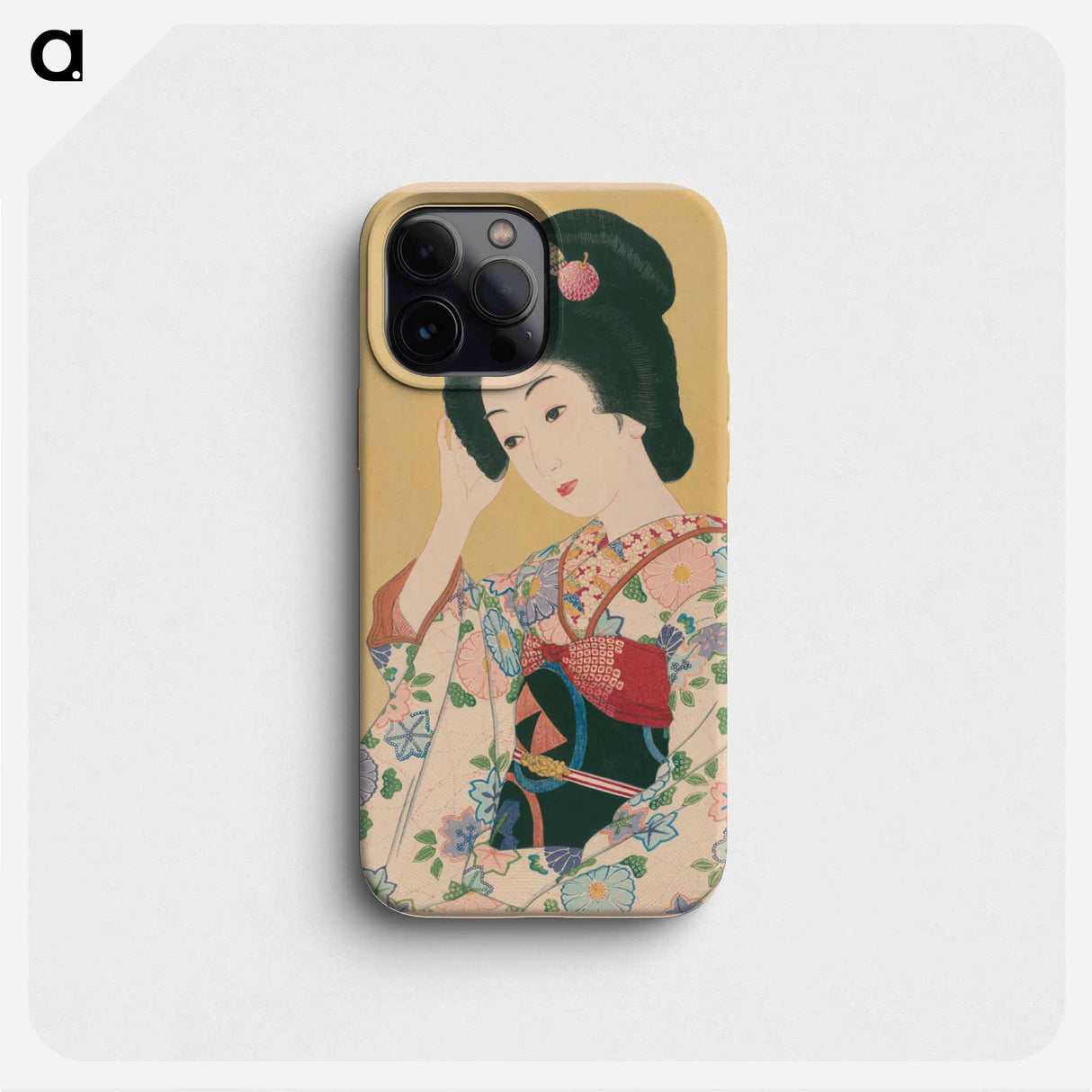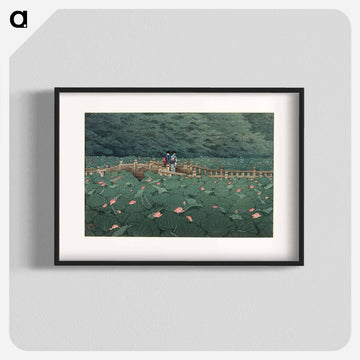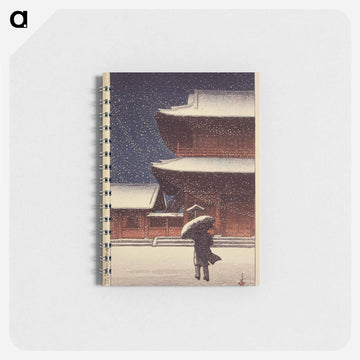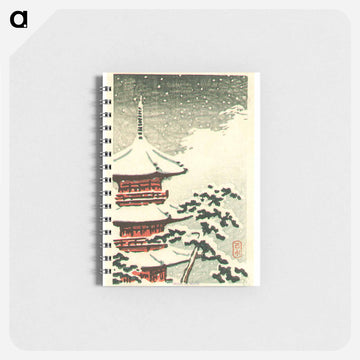Departing Spring (Yuku haru) - 川瀬 巴水 Phone Case.
Departing Spring (Yuku haru) - 川瀬 巴水 Phone Case. - iPhone 17 is backordered and will ship as soon as it is back in stock.
【出荷予定について】
※土日祝定休
製品説明
製品説明
artgraph.オリジナルの名画のスマートフォンケース
●隅々までこだわりのデザイン
側面やカメラの周りなど細かいところまでしっかりプリントされた全面印刷タイプのスマホケースです。アートが映えるように機種ごとに構図を調整しています。
※商品画像は中央配置したサンプルです。機種の縦横比によって原画の切り取り位置が異なりますので、ご不安な方はお手数ですがあらかじめお問い合わせください。
※一部全面になっていませんがお届け時には人の手で印刷位置を調整します。
※印刷範囲のズレやトリミング位置の変更により、外側のイメージに欠損が発生する場合がございます。
●上品な仕上げ
光沢をカットしたマットな質感は大人っぽいシックな印象を与え、さらさらとした手に馴染む心地よい触り心地です。
●落としても安心
耐衝撃性に強いポリカーボネート素材を使用しております。軽くてスリムながら大切なスマホをしっかり守ってくれます。
※上下の側面部分にはカバーは付いておらず、充電ケーブルやイヤホンなどの差し込みがスムーズに行えるデザインです。
| 作品名 | Departing Spring (Yuku haru)(行く春 ) |
| 作家名 | Kawase Hasui(川瀬 巴水) |
| 制作年月日 | |
| 関連キーワード | 川瀬巴水 か行 日本 新版画 20世紀 風景画家 旅情詩人 アート スマートフォンケース スマートフォンケース Xperia AQUOS Galaxy iPhoneケース iPhone16 iPhone15 iPhone14 iPhone13 12 Pro mini iPhone11 iPhoneSE 第4世代 第3世代 第2世代 インテリア おしゃれ 絵画 絵 名画 風景画 風景 雑貨 ヴィンテージ レトロ 玄関 リビング ダイニング 寝室 台所 トイレ 玄関などご自身用にも、モデルルーム、オフィス、事務所、お店、ホテル、カフェなどのディスプレイ用の複製作品としてご利用もいただいております。誕生日などのお祝い、ギフトプレゼントとしてもご利用いただいております。 |
| Related Keywords | |
| 管理番号 | 1-38 |
商品写真はできる限り実物の色に近づけるよう徹底しておりますが、 お使いのモニター設定、お部屋の照明等により実際の商品と色味が異なる場合がございます。
素材ごとに異なるニュアンスが生まれることもございますが、風合いとしてお楽しみいただければ幸いです。
お届けについて
お届けについて
出荷までの期間はポスターのみは3営業日、額装込み・キャンバス製品は10営業日程度いただいております。
それ以外の製品は10〜14営業日程度いただいております。
営業日:月〜金曜
定休日 : 土・日曜日・祝日
※サイズ・色・点数によってお届けに通常より長くお時間をいただく場合がございます。お急ぎの場合や複数点数のご購入をご検討の場合は事前にお問い合わせください。
返金交換について
返金交換について
返金・交換に関して
到着した製品に不具合がございましたら到着より7日以内に速やかにご連絡ください。
■返品・交換などの連絡先
info@artgraph.jp
返金
商品に不具合が有った場合は上記「返金・交換」をご覧下さい。
キャンセル
生産開始前であればキャンセル・返金可能ですが、生産が終了している場合は全額ご請求とさせていただきます
詳しくはこちら
安心してご注文いただけます。
Payment methods
artgraph.では運営側でクレジットカード情報を保存せず、お客様のクレジットカード情報にアクセスすることはできませんので安心してご利用ください。
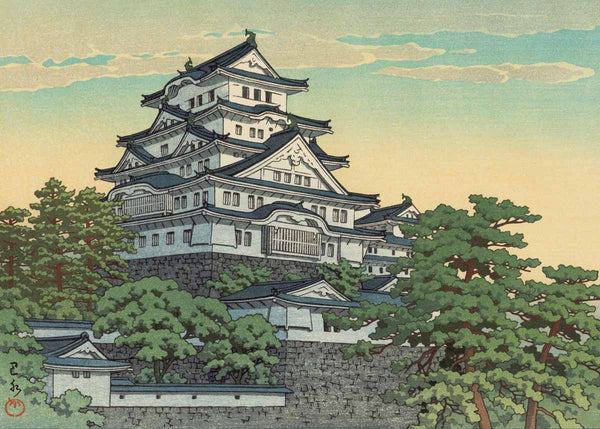
Kawase Hasui
Kawase Hasui was a Japanese printmaker active from the Taisho to Showa periods. He is one of the leading artists of the "Shinhanga" movement, and is known for his lyrical works depicting landscapes from all over Japan. In particular, his refined compositions and translucent colors have earned him high praise both at home and abroad. His works are searched for by many people who love traditional Japanese beauty using keywords such as "Kawase Hasui Shinhanga," "Kawase Hasui Landscape Prints," and "Kawase Hasui Snow ."
Kawase Hasui Biography
- Born on May 18, 1883 (Meiji 16) in Shiba-ku, Tokyo (present-day Shinbashi, Minato-ku, Tokyo).
- He was familiar with Japanese painting from an early age, and in 1909, he studied Japanese painting under Kiyokata Kaburagi.
- In 1910, he entered the Aoibashi Western Painting Institute and studied under Saburosuke Okada and Takeji Fujishima.
- In 1918, inspired by Ito Shinsui's "Eight Views of Omi", he decided to become a printmaker.
- Promoted the "Shinhanga" movement in cooperation with publisher Shozaburo Watanabe
- Traveled all over Japan and produced numerous landscape prints
- In 1953, he was recommended as a holder of the Important Intangible Cultural Property "Woodblock Printing" technique, but declined.
- 1956: Received the Japan Art Academy Prize
- Died in Tokyo on November 7, 1957 (aged 74)
Representative works
- Zojoji Temple, Shiba from “Twelve Scenes of Tokyo” (1921)
- "Morning at Dotonbori, Osaka, from "Souvenirs of Travel II"" (1921)
- "Magome Moon from "Twenty Views of Tokyo"" (1930)
- "Nikko Road, Tochigi Prefecture from "Collection of Scenic Views of Japan, Eastern Japan"" (1933)
- Shiobara Okan Road (1949)
Hasui's style of painting is characterized by a style known as "shin-hanga," which inherited the techniques of traditional Japanese ukiyo-e woodblock prints while incorporating Western realistic expression. He was particularly skilled at expressing light and shadow, and excelled in delicate depictions of landscapes such as landscapes reflected on the surface of water and snowscapes. His representative work, "Twelve Scenes of Tokyo: Zojoji Temple, Shiba," is a masterpiece that depicts Zojoji Temple in a snowy landscape in a tranquil atmosphere, and is widely known as one of his most famous works, with keywords such as "Kawase Hasui Zojoji Temple" and "Kawase Hasui Snow ." This work was also owned by Steve Jobs.
Furthermore, works such as "Travel Souvenirs Volume 2: Morning at Dotonbori, Osaka" and "Twenty Views of Tokyo: Moon over Magome" depict landscapes from all over Japan with a rich sense of travel emotion, and their beautiful colors and lyricism have been loved by many people, with keywords such as "Kawase Hasui Landscape Prints" and "Kawase Hasui New Prints."
Hasui traveled all over Japan throughout his life, producing over 600 landscape prints. His works, which depict Japan's beautiful nature and the lives of the people who live there in a poetic way, continue to inspire many people even today. His works are housed in art museums both in Japan and abroad, and you can find information about museums where you can view his work by searching for "Kawase Hasui works" and "Kawase Hasui Museum." Additionally, at Watanabe Woodblock Print Shop, the publisher with the deepest ties to him, you can view many of Hasui's prints by searching for "Kawase Hasui prints."


